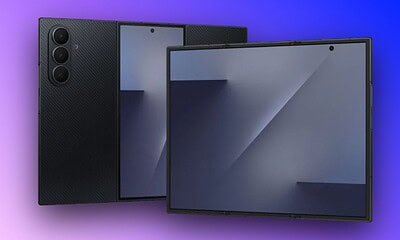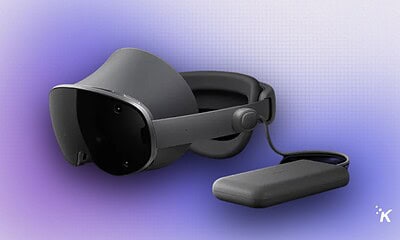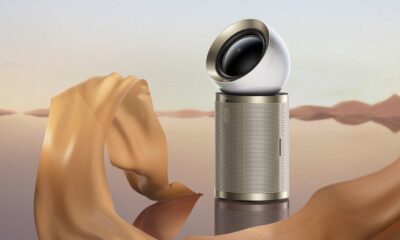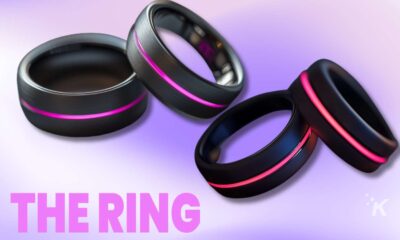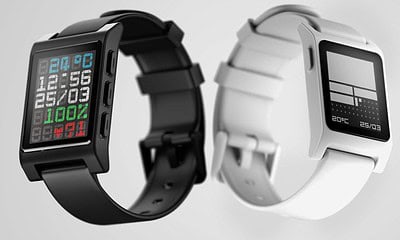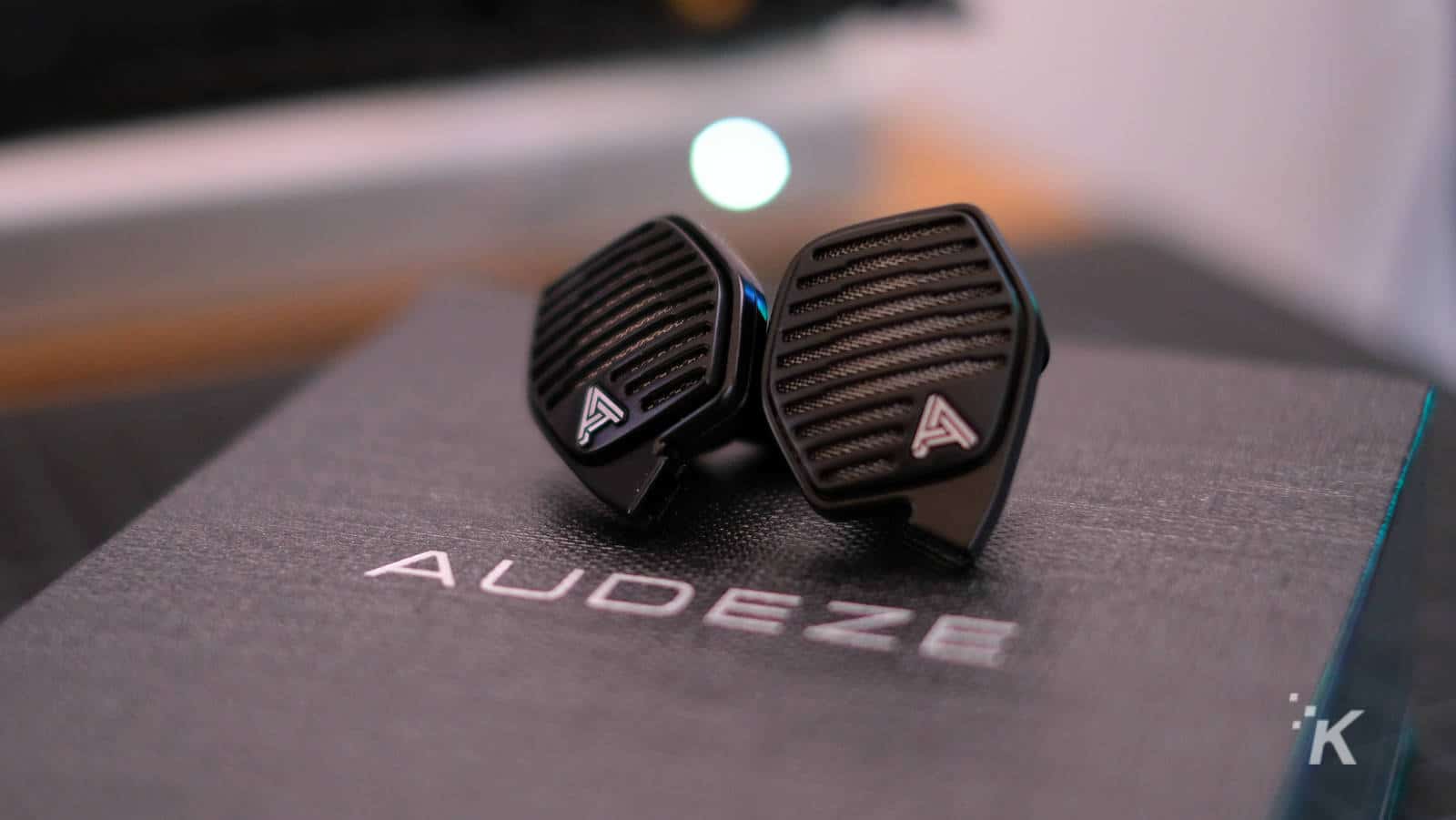
Just a heads up, if you buy something through our links, we may get a small share of the sale. It’s one of the ways we keep the lights on here. Click here for more.
[letsreview postid=”134942″]
We’re big fans of Audeze and their planar headphones here at KnowTechie, from the cheapest LCD-1 to the LCD-3 which I think has broken my ears for any lesser headphones.
That said, I’ll try to reconstitute my critical eardrums because it’s time for some more Audeze magic, this time in a different form factor.
The $899 LCDi3 aren’t really headphones, but they’re not quite IEMs either, as while they fit into your ear canal, they’re pretty hecking large. Let’s see how these shrunken planars fare, and just why Audeze decided to go this route.
Wait… what are those?
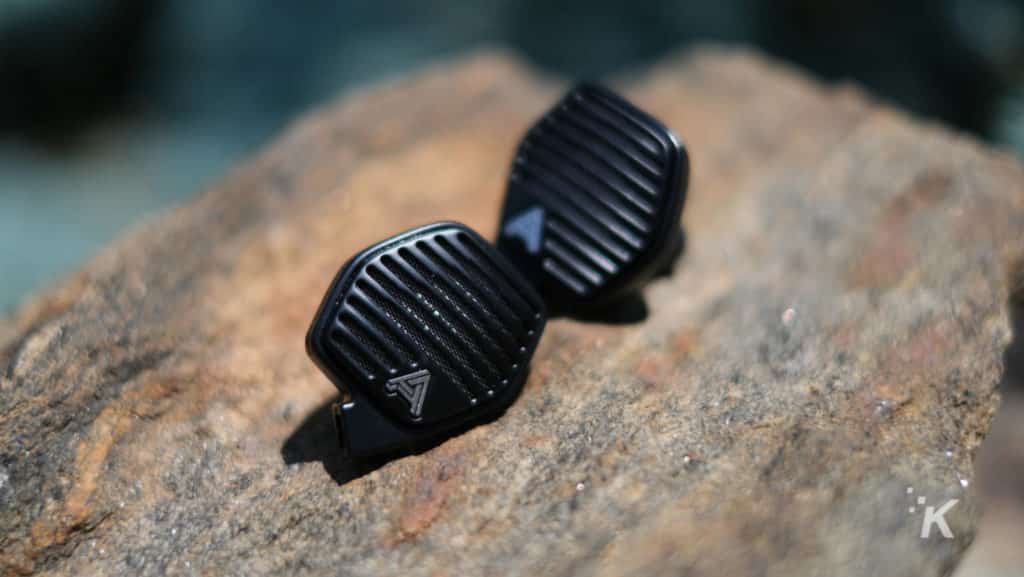
Okay, we’ve covered multiple open-back planar magnetic headphones before, but this is something special. Audeze wanted to make an in-ear version of their planar drivers, but there’s one big problem – the size. See, most IEMs have a dynamic driver that’s either 9 or 10 mm in diameter, and Audeze’s planar drivers, even on the smaller headphones are 100mm across.
To get around this, Audeze just moved the driver out of the ear canal, so there was more space, enough for a 30mm planar magnetic driver. It’s that driver and the need for space that gives the LCDi3 its unique shape; while staying true to the Audeze sound. It also makes the LCDi3 open-backed, where traditionally IEMs are closed-back.
To make it, Audeze took the magnesium housing from their flagship LCDi4 and put some of the internals from the older iSine range, which the LCDi3 now replaces in the lineup. It’s a smart choice without compromising structural integrity or sound quality, while still keeping the price substantially lower than the LCDi4.
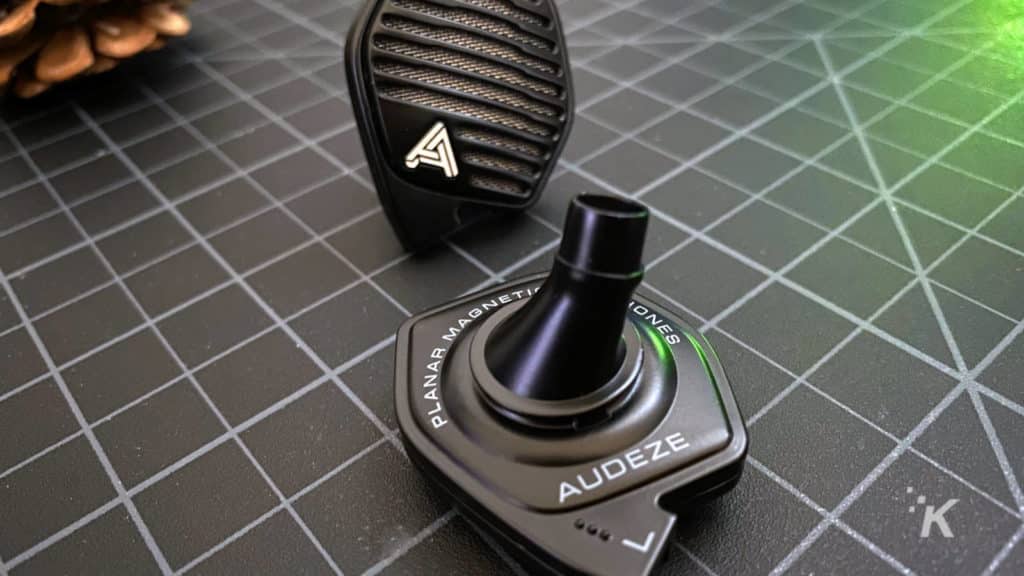
I’ve had my share of headphones from every price point on my desk at one point or another, and the LCDi3 bucks a few trends past just its design. See, low-price headphones usually have flashy packaging and lots of accessories, and the packaging gets plainer and with fewer accessories as you climb the audiophile ladder, so to speak.
The LCDi3 changes that formula with a nice, magnetically-clasped pouch to put everything in, six sets of ear tips (three sizes of smooth, three sizes of grooved), four sets of ear hooks, two ear fins that go inside your ear for fit, a cleaning tool, a cable clip, a charging cable for the Bluetooth module, and no less than three cables. Comfort-wise, I found the ear fins paired with the grooved ear tips to be the best fit for my ears, but YMMV.
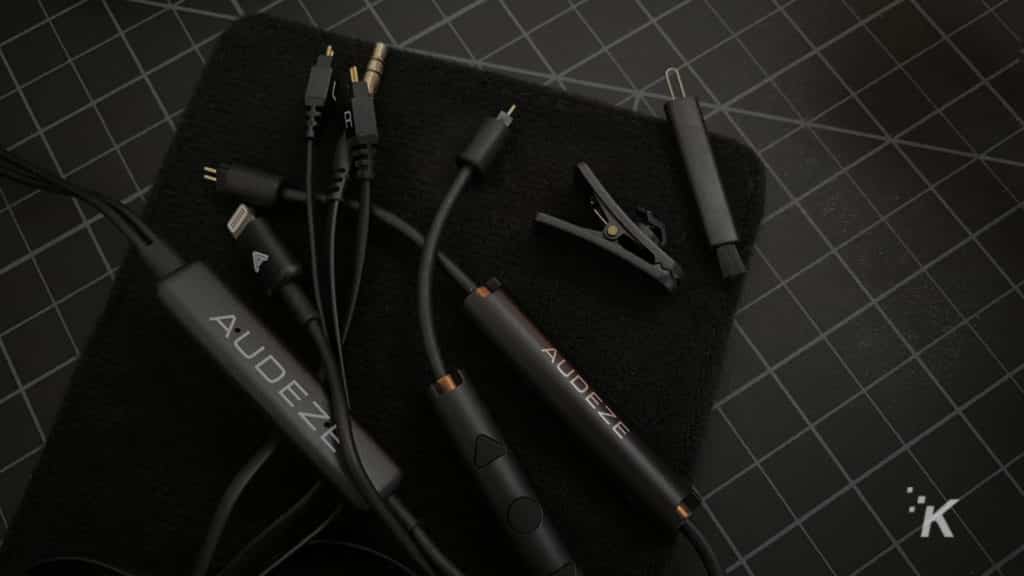
One is a straightforward 3.5mm cable to dual two-pin, then there’s the CIPHER Bluetooth Module that supports Bluetooth 5.0, 24-bit playback, AAC/SBC/APTX, and APTX-HD; and has about eight hours of battery life.
You also get the CIPHER Lightning cable which has the same DAC as the Bluetooth module, just with a Lightning cable for Apple devices running iOS. I thought that lowercase “i” seemed familiar…
Okay, so how do they sound?
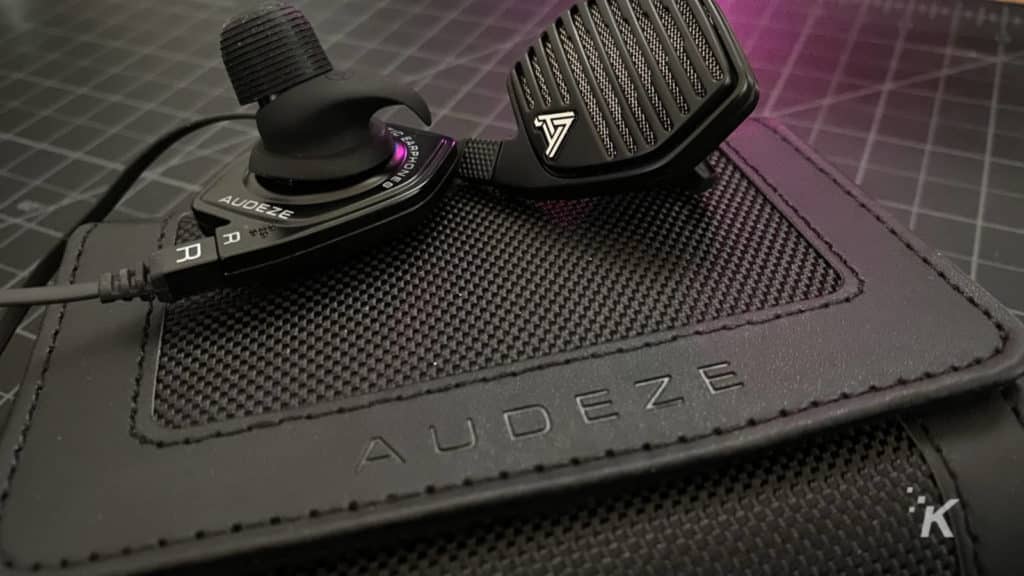
Okay, the first thing you need to know is that the LCDi3 sounds much closer to the planar sound you’d expect from larger, over-ears than any dynamic IEM. Sound reproduction is tight and controlled, with no bleed-through between instruments or frequencies. Detail is especially impressive, although there is a slight recess in the upper-mids around the vocal range.
That can be fixed with some EQ if you’re using the CIPHER cables. The only thing is, the EQ has bands at 4kHz and 8kHz, when you really want to be able to boost around 5kHz. A little boost on either side of this could help, or maybe a little dip at the 2kHz in the EQ to flatten out the overall frequency response would work.
In fact, if you don’t like the mostly-flat, possibly ‘clinical’ sound that the LCDi3 are tuned to, you’ll want to play with the EQ. Most IEMs are tuned to a V-shape, with boosted bass and boosted highs, with somewhat recessed mids. Not here, with the LCDi3 having a mostly flat response up until the upper vocal ranges where it gets a bit of a boost. It’s really set up to get the most out of your tweaks in the EQ, and after some playing around, you’ll find a sound that works for your ears.
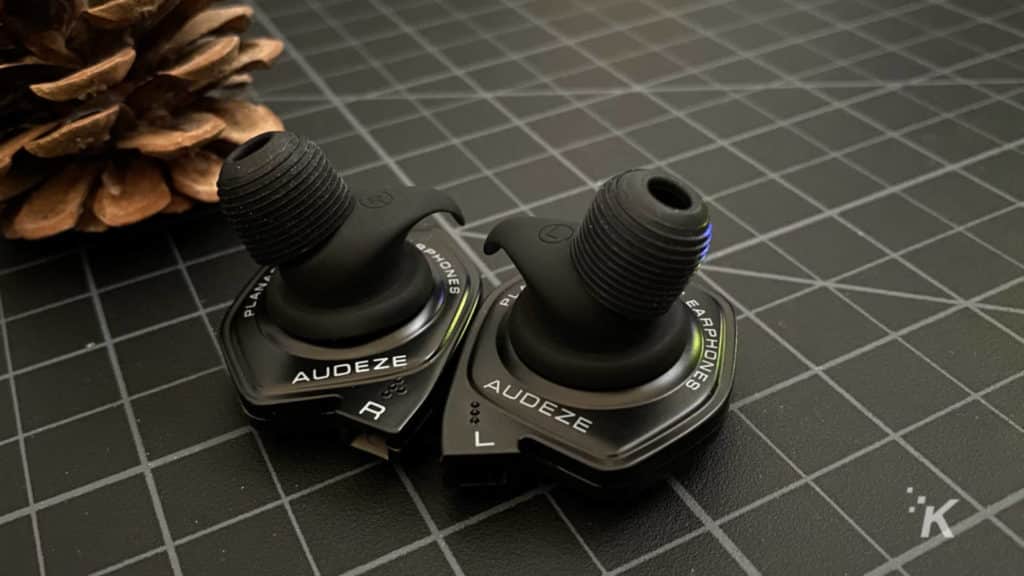
Oh, and if you thought the Lightning or Bluetooth cables would be disappointing after normal wires, think again. Thanks to the LCDi3’s ease of driving, even the built-in iPhone amplification was more than enough, as is the modest amp in the Bluetooth kit. I actually prefer the CIPHER cables slightly to the analog tuning, with a little bit more bass presence. One thing to note – the Bluetooth cable does support AptX, but iPhones don’t so it’ll sound slightly better on Android phones.
Both CIPHER cables also give you the ability to EQ using Audeze’s app or use the Reveal+ function to create a personalized HRTF for your ears. You’ll need a Reveal+ license for this though, which is $199. It’s not needed to enjoy the LCDi3.
Should I buy this offering from Audeze?
I’m a big fan of the Audeze sound, and while the $899 LCDi3 aren’t cheap, they’re fantastic. It’s the closest to the open-backed goodness of larger over-ear planar drivers, probably because they’re the same, just scaled down on the LCDi3.
What’s more impressive to me is that there’s not much variance in sound quality between using an analog cable, or the two CIPHER offerings, pointing to how well Audeze has managed to design these to be easy to drive. If you’ve got the cash and prefer IEMs to over-ears, this is the set for you.
Have any thoughts on this? Let us know down below in the comments or carry the discussion over to our Twitter or Facebook.
Editors’ Recommendations:
- Review: Sabrent Rocket Q 2TB SSD
- Review: Flexispot Soutien ergonomic office chair
- Review: SteelSeries Prime mice – a no-frills series of competitive gaming mice
- Review: Nuraphone headset and gaming microphone attachment
Just a heads up, if you buy something through our links, we may get a small share of the sale. It’s one of the ways we keep the lights on here. Click here for more. A sample unit was provided for the purpose of this review.

















